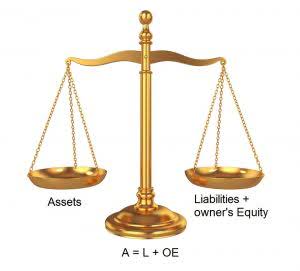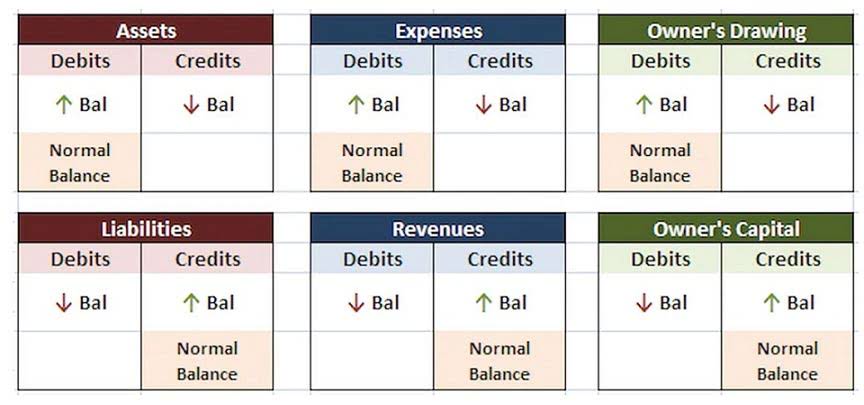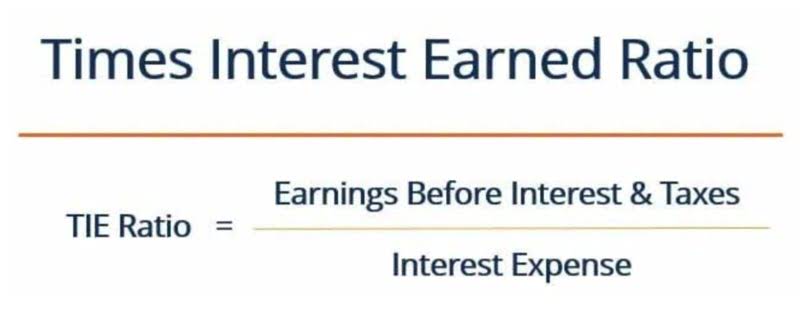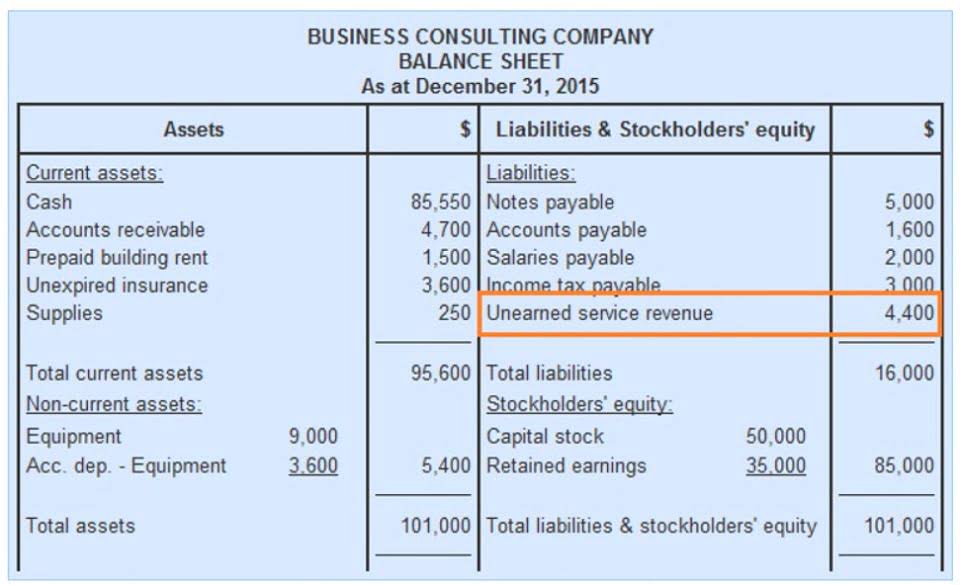Other popular integrations include BILL, Fundbox, Dext and Synder. Some integrations, such as Float, help users make critical decisions about cash flow and prepare for various business scenarios. Both versions offer automatic syncing with your bank so you can categorize transactions.
- When your trip is complete, the application automatically logs your mileage and can generate detailed mileage reports.
- Mazuma is one of the leading websites out there when it comes to money management.
- AccountEdge recently transitioned to a subscription-based model, requiring monthly or annual payments.
- Speaking of automatic notifications, Zoho Books’ automation dramatically lowers the frustration of constant data entry.
Track and manage bank transactions automatically
It’s the difference in layout that makes FreshBooks easier to use than QuickBooks. Plus, there are fewer features, such as inventory management, which can confuse users new to QuickBooks. That being said, if a small business does need all the bells and whistles that QuickBooks offers, they’ll have to take the time to learn the program and master its features.
- It’s worth noting that while support is available, it’s based in India, which may not be ideal for all users.
- And while it’s well-suited for time tracking, it may not suit project-based companies.
- FreshBooks is very easy to set up, and you can be up and running within minutes.
- If you’re anything like me and want to make sure that you’re handling your financial matters well, I recommend you check out Mazuma.
- LedgerLite offers a customizable chart of accounts and cashbooks, complemented by simple bank statement reconciliations.
It’s worth noting that while support is available, it’s based in India, which may not be ideal for all users. QuickBooks Online faces criticism for complexity, poor customer support, and price hikes. Intuit has also moved QuickBooks Desktop to a subscription model and ended support for Pro and Premier versions before 2023.
Even at the lowest tier, QuickBooks Desktop and QuickBooks Online can be pricey choices compared to alternatives. QuickBooks also doesn’t provide adequate support for new users on the lower-priced plans. If your budget is low, you don’t need all the features of a full accounting program and you want more avenues for support, you may be better off choosing a QuickBooks competitor. While FreshBooks is easier to learn and utilize, QuickBooks is more comprehensive and offers more features for business owners to manage their companies better. Between the two, FreshBooks is the better-priced product, although QuickBooks is a good value for what you get.
Is QuickBooks Desktop Being Discontinued?
The mobile app for Online is robust, and Desktop’s mobile app is so limited, that it essentially functions as a receipt uploader. Working from the cloud means you need an internet connection, so a poor signal or an intermittent connection can be an issue. Xero and QuickBooks can handle mundane chores, freeing you to focus on more pressing tasks. QuickBooks’ automation builder is intuitive and offers a robust selection of premade templates. Xero’s automation builder is just as powerful, but it is not as user-friendly as QuickBooks’. Still, both platforms allow you to reduce manual data entry, create rules to handle recurring charges and auto-calculate taxes.
Good price
Higher tiers add bill management, time tracking, advanced analytics and workflow automations. Given its cost, it’s best for larger businesses with full accounting departments. Sage Intacctis a stripped-down set of accounting tools for small businesses that need an affordable and simple solution.
Xero also syncs with more third-party apps than QuickBooks Online—including more than a dozen payroll platforms. Xero’s seamless integration with Gusto, OnPay, Paychex, and more makes it the best QuickBooks alternative for payroll that works in sync with your bookkeeping. QuickBooks offers some essential features that small businesses need to organize and operate the finances of their business. Depending on your budget, it may be worth it for your small business.
Bank Anywhere with our Mobile Appand Online Banking
Zoho Books offers a free plan with limited benefits and several tiered plans with add-on benefits. You can also get a 14-day free trial with access to the full program. Conventional bookkeeping practices often involve the manual creation of recurring invoices on paper—a process that can be laborious and time-intensive.
Mazuma is one of the leading websites out there when it comes to money management. In this head-to-head comparison, we will explore how Mazuma compares to other top financial websites and why it should be your go-to choice. We’ll look at features, customer service, user experience, and more to determine which website offers the best overall value.
While missing a payment can have some consequences, it’s important to remember that mistakes happen. If you find yourself in this situation, reach out to us as soon as possible so that we can work with you on options. Free accounting tools and templates to help speed up and simplify workflows. We are working to bring your clients’ a new e-Invoicing app that offers seamless end-to-end e-invoicing compliance. Easily track business expenses year-around to make sure you never miss a tax deduction.
These include capabilities like MRP reporting, multi-level BOMs, FIFO costing, and detailed stock tracking. Denali Business is a desktop software tailored for SMBs needing offline accessibility. Despite a higher price point than some alternatives, Denali can be deployed in an on-premise configuration, allowing businesses to access their accounting data without an internet connection.
Accounting, Invoicing and Expenses
Its unlimited income and expense tracking, along with multi-company support, also put it near the top of our list. Unlike QuickBooks, Wave offers basic accounting, invoicing, and receipt scanning for free, though with slightly higher transaction fees. Xero is a cost-effective, cloud-based alternative to QuickBooks Online.
FreshBooks is best for users needing a simple platform that they can use without a huge learning curve. QuickBooks is more comprehensive but also requires more training to maximize the use of features. FreshBooks is best for small companies with users who don’t have a mazuma vs quickbooks lot of experience in comprehensive accounting principles.
The QuickBooks mobile application allows you to manage your finances from anywhere. I particularly enjoy the fact that the QuickBooks mobile app allows you to track trips with GPS. When your trip is complete, the application automatically logs your mileage and can generate detailed mileage reports. Here are the key features of Xero and QuickBooks that I think will have the most impact on how you manage your SMB’s finances. QuickBooks Online Advanced supports the upload of 1000 transaction lines for invoices at one time. 37% faster based off of internal tests comparing QuickBooks Online regular invoice workflow with QuickBooks Online Advanced multiple invoice workflow.
All Online plans include receipt capture, QuickBooks support and more than 650 app integrations with apps such as PayPal, Square and Shopify. Xero and QuickBooks can connect directly to your bank accounts, making it easy to keep track of business transactions. QuickBooks supports banks in 33 countries, and according to a survey conducted by QuickBooks, customers save an average of 10 hours per week. Xero can connect with over 21,000 global financial institutions and reports that users save roughly 5½ hours weekly. AccountEdge is a straightforward, dependable option for those preferring desktop-based software. AccountEdge recently transitioned to a subscription-based model, requiring monthly or annual payments.








